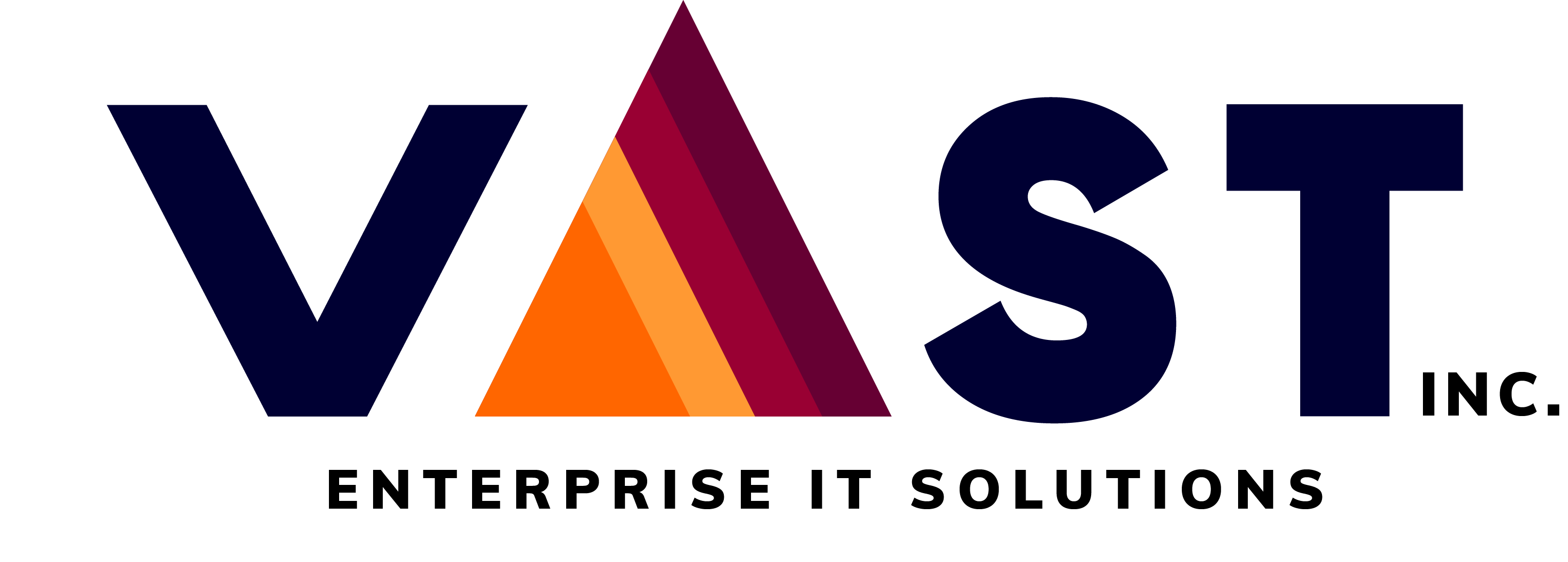
In this article, we will explore the world of Azure DevOps Pipeline and its important role in modern software development. As a cloud-based CI/CD tool from Microsoft, Azure DevOps Pipeline provides many features and benefits that make the build and deployment processes smoother. We’ll look at the main features, benefits, and best practices of this powerful tool.
Why Azure DevOps Pipeline is Important
Azure DevOps Pipeline is crucial for enabling efficient continuous integration and continuous delivery (CI/CD) capabilities in the software development lifecycle. As companies aim to adopt DevOps practices for faster delivery and better quality, understanding and using Azure DevOps Pipeline becomes more and more important.
Read more information: 4 Best tools to learn DevOps – How to start DevOps?
By the end of this article, you will have learned how to make the most of Azure DevOps Pipeline to improve your software development efforts. Let’s start this journey to discover the potential of Azure DevOps Pipeline for automating CI/CD and optimizing deployment processes.
Understanding Azure DevOps Pipeline
Azure DevOps Pipeline is a pivotal component of software development, providing a cloud-hosted service for continuous integration and continuous delivery (CI/CD). It plays a crucial role in streamlining the build and deployment processes, enabling developers to automate these critical steps with ease and efficiency.
Definition and Significance of Azure DevOps Pipeline in Software Development
Azure DevOps Pipeline is a key enabler for implementing CI/CD practices within software development workflows. It allows teams to automate the building, testing, and deployment of applications, ensuring rapid and reliable delivery of code changes to production environments. This automation not only accelerates the release cycle but also enhances the overall quality of the software by promoting consistent and repeatable processes.
Explanation of Azure DevOps and Its Relationship with Azure Pipelines
Azure DevOps encompasses a suite of tools and services that facilitate collaboration, planning, and application development. Within this ecosystem, Azure Pipelines specifically caters to the automation needs for building, testing, and deploying code. As part of Azure DevOps, Azure Pipelines provides seamless integration with other services such as repositories, artifact management, and test reporting, offering a comprehensive solution for end-to-end software delivery.
Read More: Kubernetes in Azure: Exploring Azure Kubernetes Services
Importance of Adopting DevOps Culture for Successful Implementation of CI/CD Pipelines like Azure DevOps
The successful implementation of CI/CD pipelines like Azure DevOps Pipeline is closely tied to the adoption of DevOps culture within an organization. DevOps emphasizes collaboration, automation, and continuous improvement across development and operations teams. By embracing this culture, businesses can effectively leverage tools like Azure DevOps Pipeline to achieve faster time-to-market, higher quality releases, and increased responsiveness to customer feedback.
Key Features and Benefits of Azure DevOps Pipeline
Azure DevOps Pipeline offers a wide range of features and benefits that make it a powerful tool for software development. Whether you are building, testing, or deploying applications, Azure DevOps Pipeline provides the necessary capabilities to streamline your CI/CD workflows. Let’s explore some of the key features and benefits in detail:
Flexible pipeline creation options with YAML and Visual Designer
Azure DevOps Pipeline allows you to define your pipelines using either YAML or a visual designer. With YAML, you have complete control over your pipeline configuration and can version it along with your code. On the other hand, the visual designer offers a more intuitive interface for creating pipelines without the need for writing code. You can choose the approach that best suits your team’s preferences and requirements.
Broad language and platform support for building, testing, and deploying applications
Azure DevOps Pipeline supports a wide range of programming languages, frameworks, and platforms. Whether you are developing applications in .NET, Java, Python, Node.js, or any other language, you can easily configure your pipelines to build, test, and deploy them. Moreover, Azure DevOps Pipeline integrates seamlessly with popular build systems like MSBuild and Maven, enabling you to leverage existing build scripts and tools. Azure services Click here for more details
Seamless integration with popular version control systems like GitHub
Azure DevOps Pipeline provides seamless integration with popular version control systems like GitHub. You can easily connect your repositories to Azure DevOps Pipeline and trigger pipeline runs automatically whenever changes are pushed to your source code. This tight integration enables you to achieve continuous integration by automatically building and testing your code as soon as changes are made.
In addition to these key features, Azure DevOps Pipeline offers several other benefits that enhance your CI/CD workflows:
- Improved collaboration: Azure DevOps Pipeline promotes collaboration among development teams by providing a centralized platform for managing pipelines, code repositories, work items, and more. You can easily track changes, review code, and coordinate with team members within the same environment.
- Scalability and reliability: Azure DevOps is a cloud-based service that scales automatically to accommodate your workload. Whether you have a small project or a large enterprise application, DevOps Pipeline can handle it. Additionally, Microsoft ensures high availability and reliability of the service, allowing you to focus on building and delivering your applications without worrying about infrastructure management.
- Extensibility through marketplace extensions: DevOps Pipeline offers a rich marketplace of extensions that you can leverage to enhance the capabilities of your pipelines. From additional build tasks to integration with third-party tools, the marketplace provides a wide range of extensions to meet your specific requirements.
By harnessing the power of Azure DevOps Pipeline’s features and benefits, you can streamline your CI/CD processes, improve collaboration among teams, and deliver high-quality applications more efficiently.
Getting Started with Azure DevOps Pipeline
DevOps Pipeline is a powerful tool for automating the build and deployment processes of your software projects. Here’s a step-by-step guide to help you set up your first CI/CD pipeline using Azure DevOps:
1. Creating a new project and linking it to your source code repository (e.g., GitHub)
Start by creating a new project in Azure DevOps and linking it to your source code repository, such as GitHub. This connection allows Azure DevOps to access your codebase and initiate the build and release processes.
Unlocking the Power of Kubernetes: Exploring the Benefits and Advantages Click here for more details
2. Configuring the build pipeline
Once the project is set up, configure the build pipeline to compile the code, run tests, and generate artifacts. Define the necessary steps and dependencies to ensure a smooth and error-free build process.
3. Setting up a release pipeline
After the build process is successfully configured, set up a release pipeline to deploy the application to staging or production environments. Define the deployment strategy, approval workflows, and any necessary environment-specific configurations.
4. Implementing continuous integration and delivery triggers
Implement triggers for continuous integration (CI) and continuous delivery (CD) to automate pipeline execution upon code commits or artifact changes. This ensures that your application is continuously built, tested, and deployed without manual intervention.
5. Monitoring and troubleshooting pipelines
It’s essential to monitor the pipelines for errors or failures and have mechanisms in place for troubleshooting. Set up alerts and notifications to stay informed about pipeline status and performance.
Note: The example in this guide will focus on using the YAML syntax for pipeline definition. YAML provides a flexible and expressive way to define your pipelines as code, enabling better version control, reuse, and collaboration among team members.
By following these steps, you can establish a robust CI/CD pipeline using Azure DevOps Pipeline, empowering your team to deliver high-quality software with efficiency and consistency.
Best Practices for Effective Use of Azure DevOps Pipeline
Azure Pipeline is a powerful tool that can greatly enhance your software development process. To ensure you are making the most of this tool, it’s important to follow some best practices. Here are some tips for effective use of DevOps Pipeline:
Tip 1: Keeping pipelines modular and reusable through parameterization and template usage.
One of the key advantages of DevOps Pipeline is the ability to create modular and reusable pipelines. By parameterizing your pipeline configurations, you can easily reuse them across different projects or environments. This not only saves time but also ensures consistency in your CI/CD processes. Additionally, leveraging templates allows you to define common pipeline patterns and apply them across multiple projects.
Tip 2: Implementing a comprehensive testing strategy within the pipeline stages.
Testing is a critical aspect of software development, and integrating it into your CI/CD pipeline is essential. DevOps Pipeline offers various testing capabilities, such as unit testing, integration testing, and UI testing.
Tip 3: Enforcing security measures such as secret management and role-based access control (RBAC).
Security should be a top priority in any software development process. DevOps Pipeline provides features to help you enforce security measures. For example, you can store sensitive information like API keys or connection strings securely using Azure Key Vault or variable groups. Additionally, you can implement RBAC to control access to pipelines based on roles and permissions.
Tip 4: Leveraging deployment gates for more controlled release processes in CD pipelines.
Deployment gates allow you to add checks and validations before deploying your application to production or other environments. These gates can include manual approvals, automated tests, or even custom scripts. By using deployment gates, you can ensure that your application meets the required quality standards before it is released.
Tip 5: Monitoring pipeline performance and leveraging built-in analytics for optimization opportunities.
Continuous monitoring of your pipelines is crucial to identify bottlenecks or areas for improvement. DevOps Pipeline offers built-in analytics and reporting capabilities that provide insights into pipeline performance. By analyzing these metrics, you can identify areas where your pipeline can be optimized for faster builds, improved test coverage, or reduced deployment times.
By following these best practices, you can maximize the benefits of DevOps Pipeline and streamline your CI/CD processes. Remember to continuously iterate and improve your pipelines based on feedback and changing requirements.
Conclusion
Azure DevOps is a powerful tool that empowers software development teams to streamline their CI/CD processes and deliver high-quality applications efficiently. By adopting Azure DevOps Pipeline, you can take advantage of its robust features and benefits to enhance your development workflow.
Throughout this article, we have explored the key features and benefits of Azure DevOps Pipeline, such as:
- The flexibility of pipeline creation options with YAML and Visual Designer
- Broad language and platform support for building and deploying applications
- Seamless integration with popular version control systems like GitHub
We have also provided a step-by-step guide on getting started with Azure DevOps Pipeline, from linking your project to a source code repository to configuring build and release pipelines.
To ensure effective use of DevOps Pipeline, we have shared best practices including:
- Keeping pipelines modular and reusable through parameterization and template usage
- Implementing a comprehensive testing strategy within pipeline stages
- Enforcing security measures like secret management and RBAC
- Leveraging deployment gates for controlled release processes
- Monitoring pipeline performance using built-in analytics
As you embark on your journey with DevOps Pipeline, we encourage you to explore its full potential and customize it according to your project’s specific needs. With its extensive capabilities and integrations, Azure DevOps can significantly improve your software development practices and help you achieve continuous integration and delivery success.
